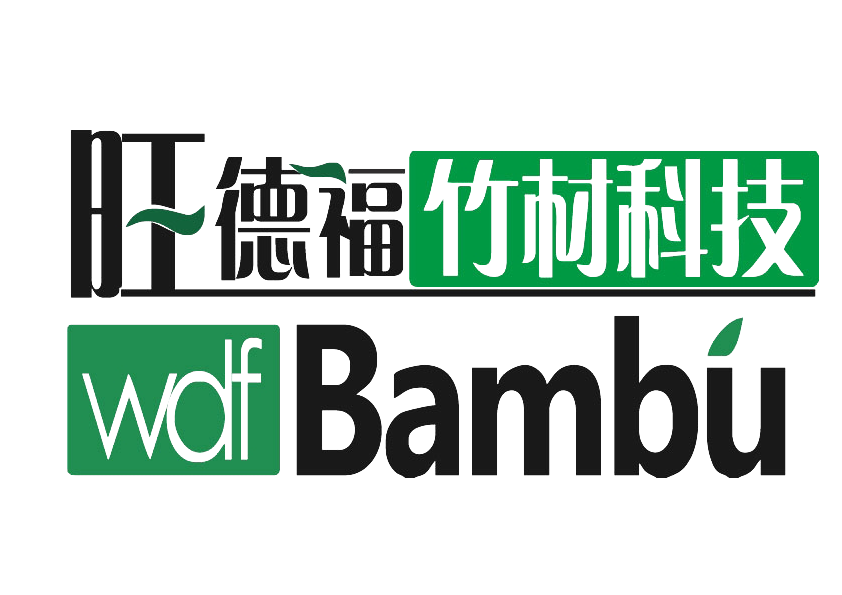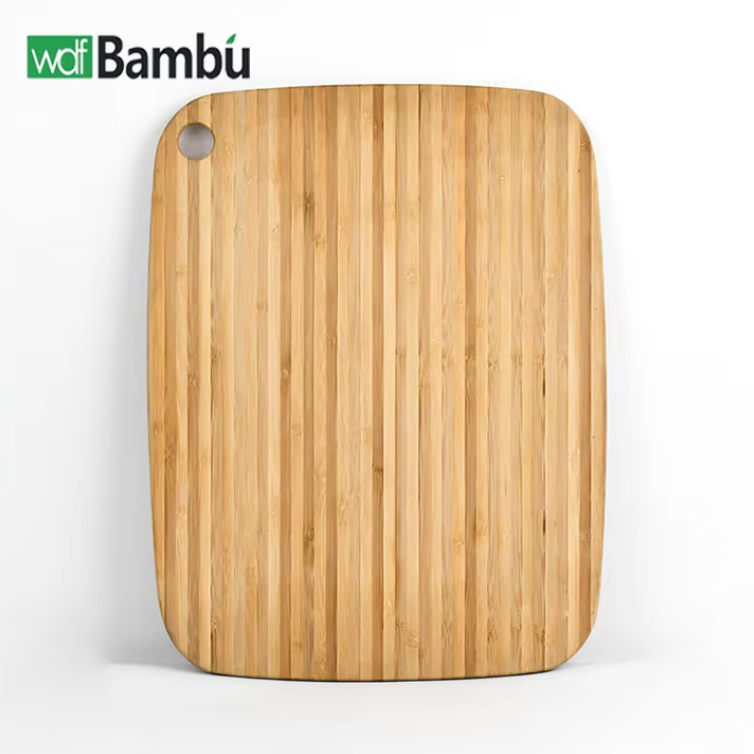Key Factors in Selecting Charcuterie Board Materials
Durability and Scratch Resistance
Picking out the right material for a charcuterie board really comes down to how durable it is and whether it can handle scratches without looking terrible. Maple and walnut wood boards work great because knives don't leave marks on them so easily, plus they keep looking nice over time even with regular use. Composite materials have become pretty popular too since they last well while still looking good enough for guests to appreciate during dinner parties. Plastic and bamboo options aren't all bad but do differ quite a bit when it comes to resisting those annoying little scratches. Some people love bamboo for its eco friendly vibe despite needing replacement sooner than other types.
Food Safety and Non-Porous Surfaces
When it comes to picking out materials for a charcuterie board, food safety should definitely be at the top of the list. Glass and ceramic surfaces work best because bacteria doesn't stick to them as easily, which helps keep things clean and safe. The USDA actually did some research showing that wood boards aren't necessarily bad either, provided they get sealed properly and cleaned regularly. Still worth noting though, not all woods are created equal here. For anyone serving raw meat and cheese on their board, going with FDA approved materials really matters. These certifications exist for good reason after all, since certain untreated materials can harbor harmful pathogens that might ruin both the meal and guests' appetites.
Aesthetic Versatility for Entertaining
When picking out materials for charcuterie boards, most folks think about how they look and set the mood when hosting guests. Slate and marble boards have become favorites lately because they just look good on tables and work with almost any room style. Some people still go for wooden boards, but we've noticed more interest in newer options like resin or acrylic lately. These modern materials give presentations that extra something special. At parties, guests often comment on how nice looking the board is before even tasting anything. A well chosen board can really steal the spotlight at gatherings, sparking chatter among friends about where it was bought or who made it.
Comparing Popular Wood Types for Charcuterie Boards
Hardwood Classics: Walnut and Maple
When it comes to charcuterie boards, walnut and maple stand out among hardwood choices because they hold up really well against knives and last longer over time. Both woods bring something special to the table aesthetically speaking too. The deep brown colors of walnut create quite a striking look when paired alongside the pale yellowish tones of maple boards. Food just looks better presented on these surfaces somehow. What's interesting about walnut specifically is that research suggests it has natural bacteria fighting qualities according to some studies published by MDPI looking at how different woods interact with microbes. So beyond looking good, walnut actually helps keep things cleaner during those cheese and meat spreads we all love hosting.
Sustainable Bamboo Characteristics
Many people consider bamboo a green option compared to regular hardwood when making charcuterie boards. Bamboo grows super fast and can regenerate after being cut down, which makes it pretty good for the environment. That's why so many folks who care about sustainability love this material. It's also lighter than most woods and has that unique look that stands out from what we typically see in kitchenware. But there's something important to remember though. These boards need regular maintenance otherwise they might start to splinter over time. Still, those pushing for greener lifestyles point out that bamboo keeps coming back year after year without needing replanting, so it doesn't hurt nature much at all. Plus, it works great for displaying snacks and cheeses on tables around the house.
Teak and Exotic Wood Considerations
Teak wood stands out among exotic options when someone wants to get their hands on something special yet long lasting for charcuterie boards. What makes teak so great? Well, it contains natural oils that keep water away and stop the wood from bending out of shape over time. These properties really matter when serving food. Sure, buying boards made from these fancy woods costs more upfront compared to regular stuff at the store. But many people find that price worth paying because they look amazing and last forever. Design magazines frequently feature tables set with teak charcuterie boards, showing how they instantly upgrade any party spread. The combination of practical benefits plus visual appeal explains why serious hosts tend to go for these premium materials when trying to wow guests.
Non-Wood Material Options for Charcuterie Boards
Ceramic and Stone Surfaces
Ceramic and stone surfaces work really well as charcuterie boards because they don't absorb liquids and clean up easily something that matters a lot when keeping things sanitary. Most ceramics made for kitchen stuff tend to resist chips pretty well too, plus they handle heat without issues so folks can put hot dishes right on them during presentations. Looking at aesthetics, there's another big plus. Both ceramic and stone boards come in all sorts of patterns and colors these days. Some people love the classic white ones while others prefer bold geometric prints or earthy tones. Having different design options lets hosts match their board to whatever theme they're going for at dinner parties. A nice looking board actually makes the whole spread look better, drawing attention to how beautifully arranged everything else is.
Glass and Composite Materials
Charcuterie boards made from glass or composite materials definitely stand out at parties with their sleek look that draws attention from everyone around. What makes these materials great isn't just how they look though. They actually hold up really well against scratches and stains, so there's no need to worry about ruining them during entertaining. Glass boards especially are super simple to clean and last much longer than wooden ones we've all seen warped or cracked after years of use. And let's face it nobody wants food smells lingering in their serving dishes like some old cutting board does. For anyone who cares about looking stylish while keeping things functional in the kitchen, glass boards hit all the right notes without compromising on quality.
Slate Boards for Rustic Presentations
Slate boards bring that special rustic look everyone loves these days. They work great at casual get togethers or when hosting dinner parties with specific themes. The way they look really makes an impact on how people feel about the whole meal. What's interesting about slate is how tough it actually is. Cheese and meat look amazing on top of it because the dark color makes everything stand out so much better. Cleaning slate isn't a big deal either. Just wipe it down and put it away until next time. That makes it pretty eco friendly stuff for folks who host often. Another good thing? Slate doesn't absorb anything since it's not porous. So no worries about stains or weird smells sticking around after using it over and over again in different places around the house.
Maintenance Requirements by Material Type
Proper Cleaning Techniques
Getting the cleaning right makes all the difference when it comes to keeping charcuterie boards hygienic and lasting longer. Different materials need different treatments, so knowing what works best matters for food safety reasons. Wood needs gentle hand washing with just some mild soap and water, definitely no soaking involved. Ceramic, stone, and glass options handle scrubbing better though. Most people who know their stuff will tell anyone that taking care to clean regularly does double duty it keeps boards looking good while making sure they last through many cheese platters. Starting every serving on a spotless board isn't just about presentation either. A clean surface actually improves the whole experience and stops potential health problems before they start.
Seasoning and Oiling Wooden Boards
Wooden charcuterie boards need seasoning and oiling to stop them from getting dry and cracked over time. Most folks suggest using something like mineral oil or fractionated coconut oil every month or so. These oils actually penetrate into the wood grain, creating a barrier against water damage while keeping that nice natural look we all love. The process isn't complicated at all, yet it makes a world of difference. Boards last longer when properly cared for, and they just look nicer on the table too. A well maintained wooden board can really elevate any meal setting.
Preventing Warping and Cracking
Preventing warping and cracking in wooden charcuterie boards involves understanding and mitigating environmental factors such as humidity and temperature fluctuations. To protect your boards, consider the following storage tips:
- Vertical Storage: Store the boards upright to avoid moisture retention, which can cause warping.
- Cool and Dry Place: Avoid damp environments and extreme temperature changes, which can stress the wood.
- Regular Inspection: Check regularly for signs of wear and moisture damage, addressing any issues promptly.
Woodworking experts emphasize that with proper care and storage, you can significantly extend the life of your charcuterie boards, preserving both their function and appearance. By paying attention to these details, you're ensuring your boards remain a cherished centerpiece in your kitchen.
FAQ
What are the most durable materials for charcuterie boards?
Hardwoods like walnut and maple are considered to be among the most durable materials for charcuterie boards due to their ability to withstand knife cuts and maintain an attractive appearance over time.
How do I ensure my charcuterie board is food safe?
Choose non-porous materials such as glass, ceramic, or properly sealed wood to inhibit bacterial growth and maintain food safety. Ensuring that the materials are FDA-approved is also important.
What maintenance is required for wooden charcuterie boards?
Regular cleaning with mild soap and water, followed by drying immediately, helps maintain wooden boards. Seasoning and oiling them monthly with a food-safe oil prevents drying and cracking.
Are there eco-friendly options for charcuterie boards?
Bamboo is a sustainable choice due to its rapid growth, regenerative abilities, and low environmental impact.
How can I prevent my wooden charcuterie board from warping?
Store your board upright in a cool and dry place, avoiding humidity and extreme temperature changes, to prevent warping and cracking.



 Home
Home